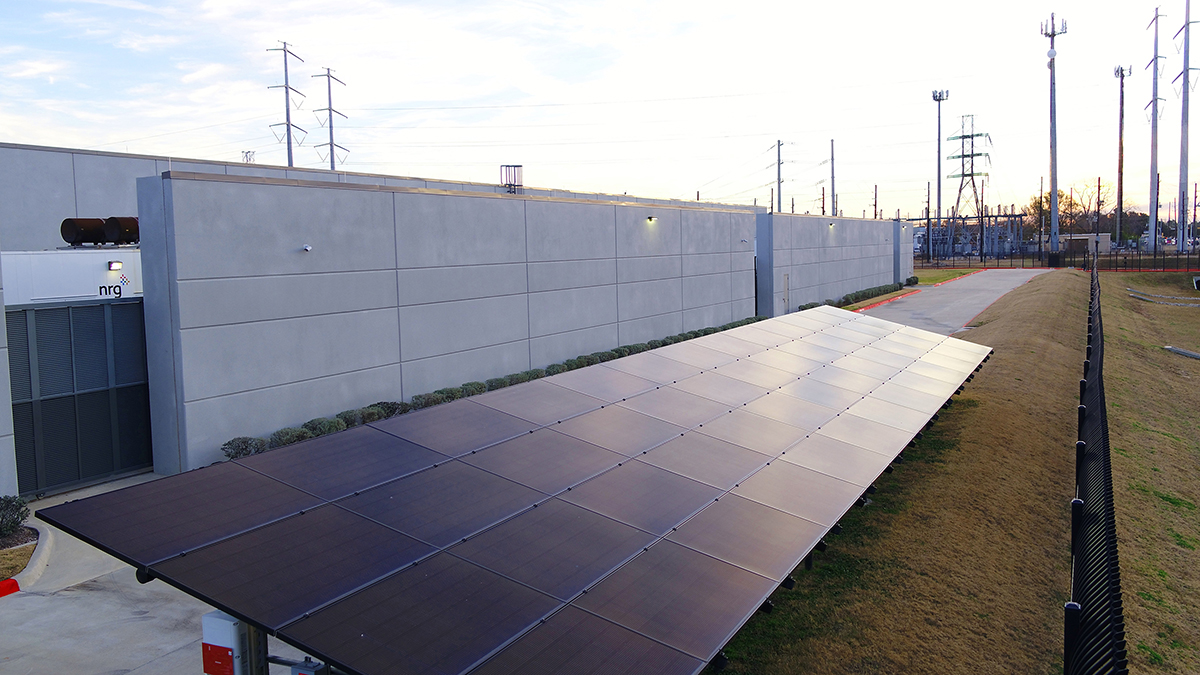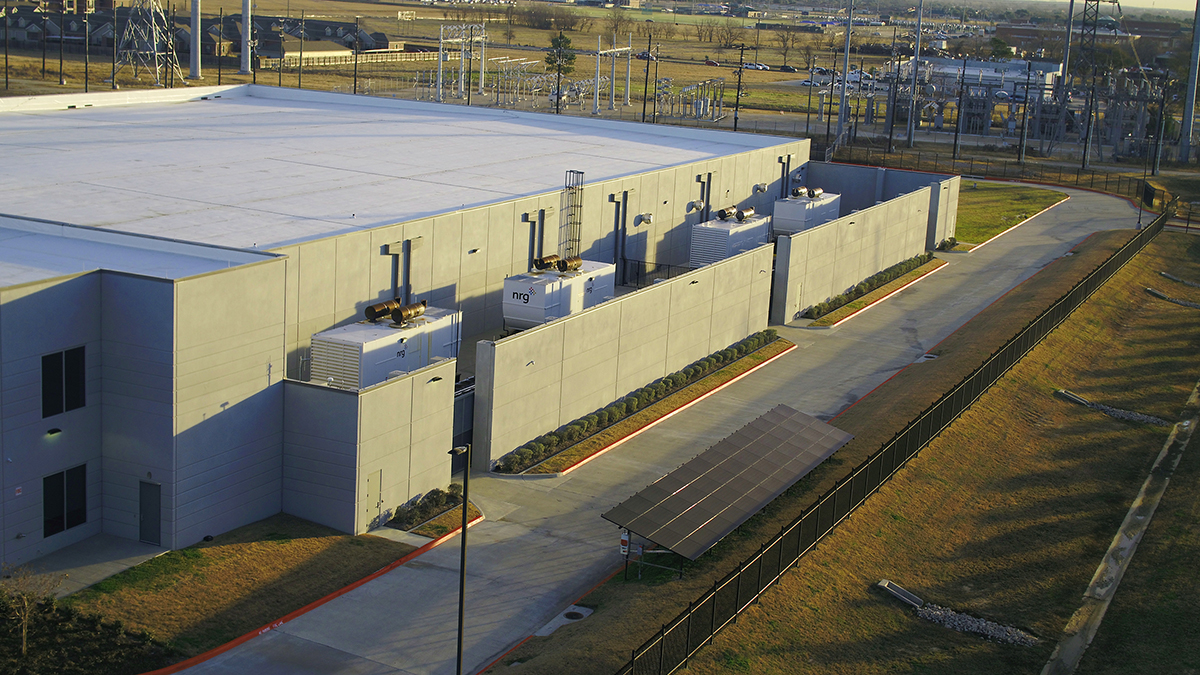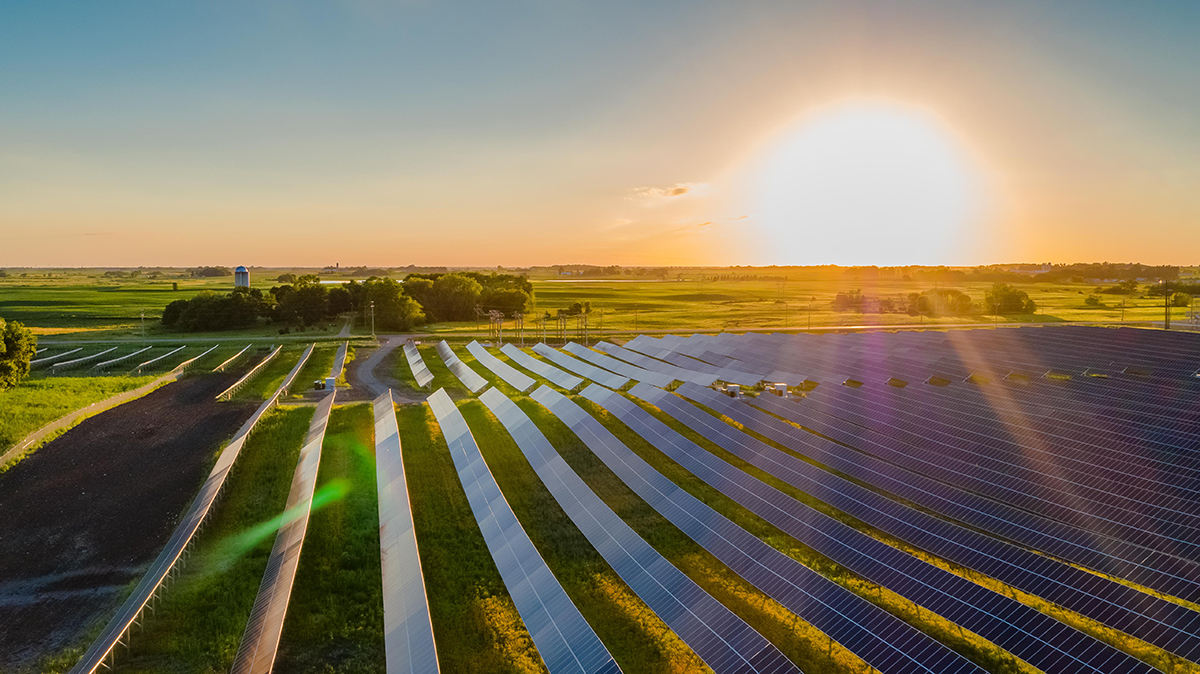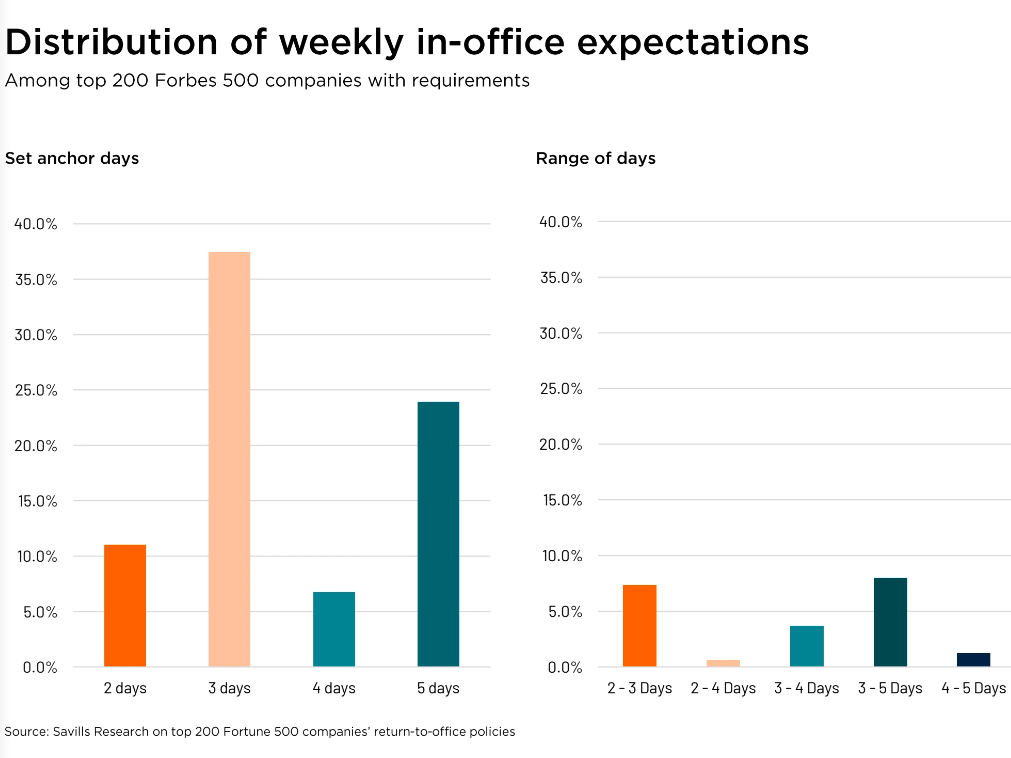The Power to Change
Alternative energy sources are increasingly becoming mainstream. Are you choosing the right ones for your property?
By Jeffrey Steele
 The greater accessibility of battery storage is accommodating such increased use of alternative energy sources in commercial properties that they are rapidly becoming mainstream solutions. Jonathan Maxwell, CEO of London’s Sustainable Development Capital LLP, likens anticipated adoption to that of LED lighting. Six years ago, the latter’s global penetration rate stood under 2 percent. Today, the number is close to 33 percent, and it is expected to reach 80 percent by 2025. “That gives you a feeling for scale,” he said.
The greater accessibility of battery storage is accommodating such increased use of alternative energy sources in commercial properties that they are rapidly becoming mainstream solutions. Jonathan Maxwell, CEO of London’s Sustainable Development Capital LLP, likens anticipated adoption to that of LED lighting. Six years ago, the latter’s global penetration rate stood under 2 percent. Today, the number is close to 33 percent, and it is expected to reach 80 percent by 2025. “That gives you a feeling for scale,” he said.
The push to make alternative energy mainstream is being driven by 75 percent declines in battery costs, propelled by electric vehicle technology. Batteries key renewables’ success, as the latter are intermittent energy sources and need to be stored for when wind doesn’t blow and the sun doesn’t shine.
“We’re seeing more building owners incorporating batteries to shave use of peak power, or integrating them into fuel cells or solar power to store energy,” observed Jason Smith, Atlanta-based senior designer with Stevens & Wilkinson Architecture, Engineering and Interior Design, who reported a cost decrease from $1,000 to $250 per kilowatt-hour. “Batteries are integral parts of the future success of renewables. … You need backup to store power from those renewables.”
Fuel cells and co-generation are also attracting more interest as storage solutions, noted Matt Eggers, vice president at Yardi Energy, as they use the heat and electricity from on-site generation.
These advances make more attractive an energy source that is already appealing because of the degree of independence and control it affords to property owners and managers. “Companies that own commercial property or that are tenants in commercial property want to be more independent in their energy consumption,” noted Jeremy Macdonald, global energy and sustainability director for ISS Facility Services. “That way they can ensure their operations continue in the event of interruptions to the grid. Companies can feel they can be a little more predictable because they’re independent of any of those problems that could occur.”
Eggers added that “CRE leaders are seeing that massive change is coming in our energy grid and there will be new ways to make money for large consumers of power. Energy efficiency and load shifting, or moving consumption from one period to another, play a large role here. People now see that they aren’t just passive consumers of energy, and the utility costs are not fixed like taxes and interest expense.”
The Right Choice
Preferences vary among alternate energy options. “Renewables tend not to be one size fits all or silver bullet, (but instead) very regional or local,” noted Smith. He advised building owners to inventory their assets and consider local options. “A building owner might find there’s a large wind farm resource near the building. Another might find solar sourcing more appropriate.”
Property owners seeking energy cost reduction, improved energy security and lowered carbon emissions are increasingly exploring natural gas co-generation, according to Maxwell, whose firm invests in sustainable energy solutions for buildings and infrastructure.

NRG Business Solutions installed solar panels at Skybox Datacenters’ Houston One center as part of a larger energy initiative.
Natural gas co-generation erases a number of inefficiencies, because it eliminates transmission and distribution losses. Generating energy onsite also produces heat, which can be used on premises.
This combined electrical and thermal energy usage delivers double the efficiency of taking electricity from the grid, he said. In addition, co-generation can run parallel to the grid, improving energy security.
Maxwell believes solar to be the other alternative energy source with the greatest potential. “It’s possible to generate electricity on the ground or on rooftops,” he said. “It’s quite competitive and attractive compared with retail electricity prices.”
New options
But whether property owners choose natural gas fuel cell or solar technology as an alternative source could depend on how much square footage is available, Smith said. Corporate campuses with large parking lots could install solar panels over the lots. For those with less space, natural gas fuel cells would be preferred. Some 200 kilowatts of power can be generated by a fuel cell in 25 square feet, but a solar panel would only provide 20 kilowatts using the same space, he reported.
However, property owners need no longer generate solar on their own property. “The way customers can buy solar has changed,” said Lynda Clemmons, vice president with Houston-based NRG Business Solutions, the commercial and industrial service arm of NRG Inc. “Traditionally, you put panels on your building or needed a big area of land for that solar farm. Now there are ways commercial properties can buy solar without those options. They can buy renewable solar power directly from an array.”
“We see significant interest in solar installed directly on buildings. And there is some interest in real estate companies signing direct power purchase agreements with utility-scale solar and wind farms as has been done in the corporate market for several years,” Eggers agreed.

NRG Business Solutions installed backup generator at Skybox Datacenters’ Houston One center as part of a larger energy initiative.
Meantime, at property management firm ISS Facility Services in San Antonio—which services the manufacturing, pharmaceutical and IT industries—global energy and sustainability director Jeremy Macdonald helps his company’s clients achieve alternative energy milestones on the way to full renewable energy solutions.
In India, he helped owners implement geothermal solutions in which cooler air is delivered from subterranean reaches to chill buildings. This solution is particularly fitting in a water-constrained country like India, where solutions not requiring water are valued. On the other hand, in Costa Rica—which only uses renewable energy sources—some 78 percent of energy is hydroelectric, 1 percent is solar and the remainder comes from wind, he reported.
“Where you have solar, solar energy is further along. And where you have wind, that’s further along,” Macdonald said, noting “natural advantages call for using one alternative source over another, based on both geography and weather patterns.”
A decade out
In the not-too-distant future, property executives will enjoy a “much greater awareness of where their energy comes from and how it is produced, and the desire to make choices about which energy provider and energy source they use,” Clemmons said.
In fact, Smith likens energy management five to 10 years from now as being somewhat akin to day trading the market. It will be real time and adapt to changing situations in order to constantly manage energy flows around buildings and building districts.
“So you’ll see much more sharing of energy resources from building to building, across property lines, and much more sharing of power from distributed energy sources back to the grid,” Smith said. “Sources of energy will be much more diverse and nimble. I see buildings themselves becoming like batteries in a large smart grid of networks.”
“A sense of control and ownership will grow,” Eggers said. “Megatrends in cloud computing and artificial intelligence are allowing buildings to use far less energy. Solar is becoming cheap but it is intermitment, so it demands a flexible grid. Building owners can be part of that solution and both do good and make more profit.”
Added Maxwell: “Energy is coming into town. … You’re going to see a huge increase in local, on-site decentralized energy generation. And you’re going to see a much higher penetration of energy-efficient technology.”








You must be logged in to post a comment.